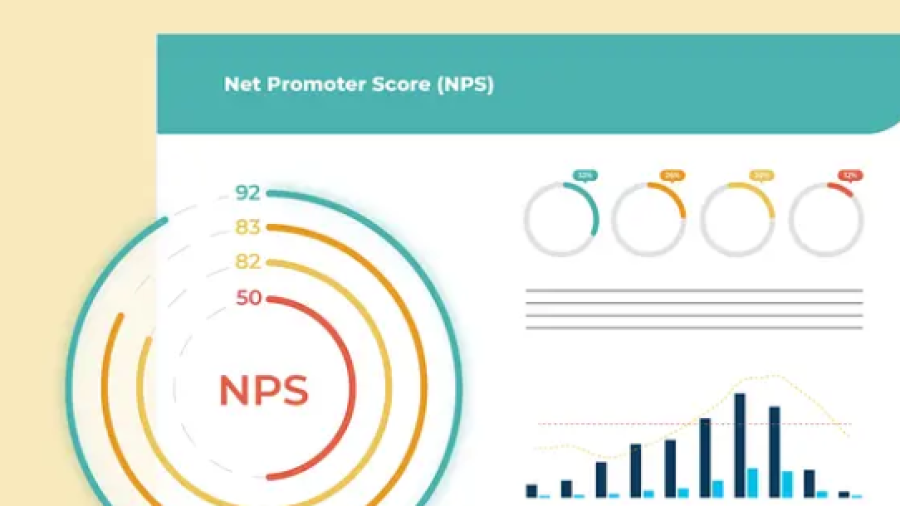Jane Thompson (10 September, 2024) : Leading a digital transformation is not about implementing flashy technology—it requires a clear strategy and precise execution.
Effective transformation strategies focus on improving IT efficiency, reducing operational costs, and fostering innovation and team productivity. The key to achieving these outcomes lies in optimizing legacy systems and aligning digital initiatives with broader organizational objectives.
For over 20 years, Gireesh Kambala has been at the forefront of enterprise IT leadership, application modernization, and cloud computing. With a track record of leading large-scale digital transformations, optimizing IT efficiency, and fostering high-performing engineering teams, Kambala has helped major organizations streamline their technology ecosystems while reducing costs and increasing operational agility.
But his journey didn’t start in a corporate boardroom.
Understanding the specific steps taken to drive these results—and recognizing the common pitfalls many leaders encounter—can provide a blueprint for sustainable success.
Here is Gireesh’s strategic approach to optimizing digital systems, modernizing processes, and delivering long-term organizational impact.
Background and Expertise
Currently serving as Managing Director of Web Development at Teach For America, Kambala has been instrumental in building and integrating scalable, mission-critical systems that power alumni engagement, talent recruitment, and digital learning platforms. His expertise spans cloud computing, cybersecurity, software architecture, and enterprise applications, making him a trusted voice in IT modernization and digital strategy.
Throughout his career, he has bridged the gap between business goals and technology execution, leading cross-functional teams, managing offshore and nearshore development, and ensuring that IT investments deliver measurable impact.
This is Kambala’s blueprint for modernizing legacy systems, optimizing digital transformation strategies, and ensuring that technology is a catalyst—not a bottleneck—for innovation and growth.
As a child in India, he was not satisfied with merely understanding how things worked—he was determined to improve them. This passion led him to pursue a bachelor’s degree in technology from Madras University and later a master’s in Data Analytics from Western Governors University, laying the foundation for a career in IT leadership.
Early in his professional journey, Kambala recognized that technical expertise alone was not enough. Thriving in the technology sector required more than just coding and system architecture—it demanded leadership, strategic thinking, and the ability to manage teams effectively. As he progressed into increasingly complex roles, these skills became essential, enabling him to lead large-scale digital transformations and drive innovation within major organizations.
Key Achievements and Contributions
A series of high-impact digital transformation projects define Gireesh Kambala’s career.
As Managing Director of Web Development at Teach For America, Kambala led a large-scale digital evolution for the organization. One of his most notable contributions was the development of the Virtual Institute and the Alumni Directory, platforms that now serve thousands of educators and alumni.
These tools enhanced accessibility while fostering stronger connections within the Teach For America community. The Virtual Institute streamlined training for new corps members, while the Alumni Directory provided a centralized network where educators could share resources, experiences, and mentorship opportunities.
Kambala’s expertise also played a pivotal role in modernizing Georgia’s judicial system. Tasked with revamping the state’s eCourt system, he transformed a series of failed vendor-led projects into a comprehensive, custom-built digital solution. The result was a 35% reduction in case processing time, saving hundreds of administrative hours and significantly improving overall efficiency.
The project did more than modernize outdated infrastructure—it fundamentally changed how Georgia’s judicial system operated. By replacing cumbersome manual processes with a streamlined, technology-driven framework, his work led to substantial cost savings while enhancing system accessibility and performance.
At Enliven Technologies, Kambala spearheaded the IT system redesign for the U.S. General Services Administration (GSA). His implementation of headless Drupal architecture and Salesforce integration improved the efficiency, security, and scalability of government digital systems. This initiative was not just about system upgrades; it was about creating a digital infrastructure capable of evolving alongside the changing demands of the public sector.
Industry Impact and Influence
Kambala’s contributions went beyond system improvements; they fundamentally reshaped how organizations function at scale. His approach to IT extends beyond addressing technical challenges—he develops solutions that create lasting impact.
Whether modernizing government infrastructure or designing digital platforms for education, his work demonstrates a deep understanding of technology and its broader role in driving positive social change.
Beyond his technical expertise, Kambala’s leadership has influenced the next generation of IT professionals. By mentoring and guiding teams through complex challenges, he has played a pivotal role in shaping future leaders. His commitment to growth and innovation has ensured that his influence reaches far beyond the projects he has led, leaving a lasting impact on the industry.
Gireesh’s Approach To Leadership
Gireesh’s success didn’t come from following trends—it came from understanding the value of resilience, empathy, and continuous learning. He’s never been about quick fixes or shortcuts.
His leadership is grounded in the idea that technology should be used to solve real problems. Whether it’s designing a system that improves access to education or creating a platform that reduces bureaucratic inefficiencies in government, Gireesh’s work is driven by the belief that technology should make lives easier and more efficient for everyone involved.
Gireesh’s approach to leadership also involves cultivating a culture of collaboration. He understands that the best ideas often come from the most unexpected places.
Vision for the Future
Kambala is prepared for the next phase of innovation, with a strong focus on advancing AI and cybersecurity to drive meaningful impact. His objective is to enhance the systems he has developed, leveraging AI to increase intelligence and efficiency while strengthening cybersecurity measures to ensure greater protection. In the coming decade, he aims to continue leading large-scale IT transformations that deliver lasting value to organizations and communities.
However, his vision extends beyond technology itself. Kambala remains committed to creating real change in critical sectors, including education, government, and nonprofits. He believes that the future of digital transformation lies in developing systems that are not only more efficient and scalable but also more inclusive and adaptable to evolving needs.
The Bottom Line
Digital transformation isn’t just about upgrading technology—it’s about delivering real impact.
Gireesh Kambala has guided organizations in transitioning from outdated, inefficient systems to modern, high-performance platforms that improve efficiency, reduce costs, and drive sustainable growth.
One of the most common mistakes leaders make is focusing solely on software rather than strategy. Technology alone cannot resolve inefficiencies—successful execution is what drives meaningful change.
Understanding the key steps to a successful transformation is essential. This blueprint outlines the strategies that have consistently delivered measurable, long-term results.
About the Author
Jane Thompson is a technology journalist based in New York, specializing in digital transformation, IT leadership, and the role of technology in societal change. With over a decade of experience, Jane writes profiles of innovators who are shaping the future of technology.









